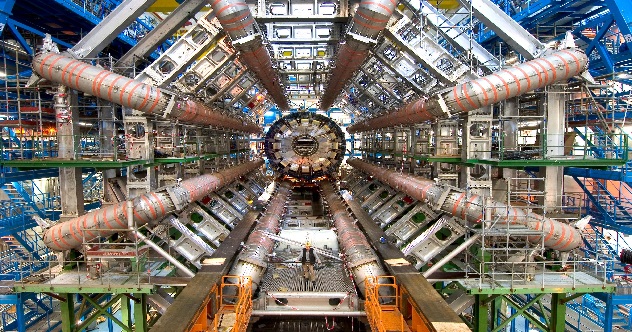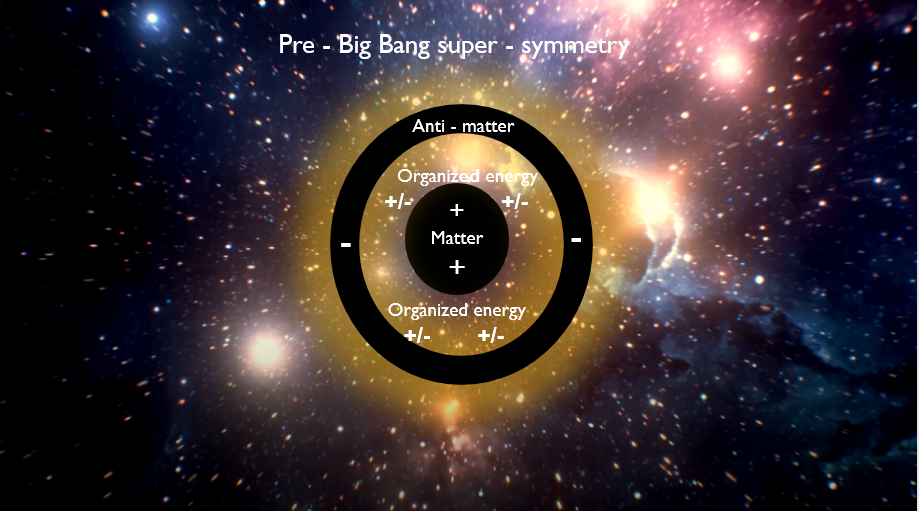There is a crisis in physics. Gravity can not be properly defined. Quantum mechanics and relativity are too far apart.
Read moreCategory: Articles

Intriguing relations between time, quarks and the big bang.
CERN The world at large and small are curious related with each other The micro mass proportions on an atomic
Read moreE=MC2, the end of the story?
Einstein got stuck with his ideas to formulate a unification theory.The missing bridge between quantum mechanics and relativity. The observer
Read moreThe evolution rewritten and reinvented
These ideas are totally different ideas than the ideas of Darwin (natural selection /survival of the fittest) + intelligent design
Read moreE = MC2 – paranormal actions – quantum behavior
Scientists steer well clear from this subject. It is all too vague, experiences cannot be verified, it involves frauds and
Read moreIs there a link between E=MC2 and the meaning of life?
The link between the start of the universe and meaning of live is obvious. The link is with out a
Read moreAre God and E=MC2 connected?
The origin of the universe and live on earth are connected.The evolution started even before the big bang. Everything is
Read moreThe meaning of life in a different perspective.
12 I wrote about the driving force of evolution, being the tension that comes from the opposition between matter and
Read moreTransfer memory from Short-Term to Long-Term.
9 . What becomes a memory to live on in future and history ? Countless
Read moreAnti-gravity is part of organised energy field
The true nature of antigravity The true nature of antigravity is originally derived from the pre – big bang supersymmetry
Read more